Have you ever wondered if hand-studded tires are as good as factory-studded ones? I spent last winter on a pair of 45NRTH Dillinger 27.5 x 4 – 120 tpi tubeless ready tires. One of them came to me as a new factory studded tire and the other one was ridden for a season of dirt riding and then lovingly cleaned and studded by yours truly.
The Tires
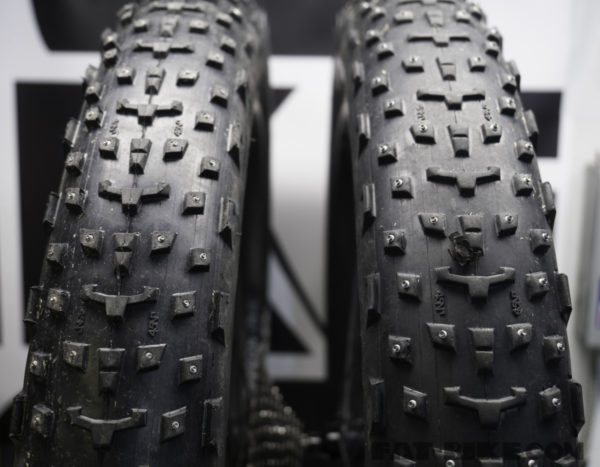
A tale of three tires. Not just any tires because these are B-Fat, Tall-Fat, or do you say 27.5 x 3.8 inchers. And praise the eight-pound seven-ounce baby jebuz they’re not tanwalls. That’s a good thing because, now that they’re studded, they’ll probably reside in my active tire inventory for the next three to five years. Julio reviewed the non-studded 45NRTH Dillinger 27.5 x 4 tires already so today’s bike chat is more about studs with a side order of tire talk.
Why a tale of three tires, you ask? Because one of our test tires was tragically killed during a routine tubeless training exercise late last fall. During inflation, the bead blew off of the rim sending a spray of sealant all over the shop. It blew my glasses off and got sealant all over my smock. (A good reminder to wear eye protection) The bead on that tire was damaged from the rupture, so the folks at 45NRTH sent us a new factory studded version of the Dillinger because that was all that they still had in stock. After they sent us the new factory studded tire I hand studded the other tire with studs from bikestud.com and the testing went on in earnest over last winter fully studded.
The Dillinger 4 that I hand studded had spent time riding dirt, gravel, sand, and snow as a non-studded fat-bike tire. I did my best to scrub the tire clean to remove any debris from the stud pockets before inserting the new studs. I got most of the debris out, but some finer particles of gravel remained and had to be removed before inserting the new studs. I had been told that riding a tire with empty stud pockets in the dirt would adversely affect the tire’s ability to retain aftermarket studs, so I thought that the side-by-side comparison might be skewed slightly towards the benefit of the factory studded tire. I didn’t baby the hand-studded tire before it got studs. It was ridden off-road and even suffered a 1/4″ puncture (too big for bacon) that required a Stan’s Dart to repair. (I’d recommend Stan’s Dart. The repair was a total success)
The Studs
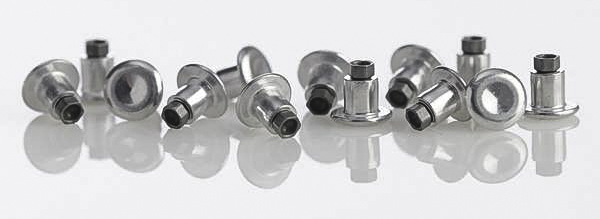
The aftermarket studs that we used come from bikestud.com. This particular variety is their new concave hex-tipped studs. The studs feature an aluminum body with a tungsten carbide tip and weigh 0.4 grams per stud. The hex tip is 35% wider than flat or standard concave studs and is 22% lighter than XL studs. Bike Stud also sent their new T-Handle Stud Tool for us to use during the installation. I moaned and groaned about the potential blisters that I’d have to endure, but the new tool didn’t produce nearly as much discomfort as I was expecting. I added a bit of cork handlebar tape and wore a glove during installation. I also placed batches of studs in a small dish of rubbing alcohol to provide a little lubrication for each stud’s insertion into the tire’s stud pockets. I found that the stud tool also worked pretty well at removing stubborn gravel particles that remained lodged in the tire pockets before inserting the stud.

The factory studded tire came in with two-hundred and fifty-two of 45NRTH’s standard concave studs in place. The factory studs don’t protrude past the surface of the tire as far as the hex heads. 45NRTH offers their XL concave stud that covers that ground very well. I wrote about the 45NRTH Wrathlorde tires and those mothers feature three hundred concave XL studs. After riding both types of 45NRTH studs, I think that the XL studs might be a bit of overkill. (but can you ever have too much traction on ice?) The Bike Stud Concave Hex Head design resides somewhere between the two studs from 45NRTH.
The Results
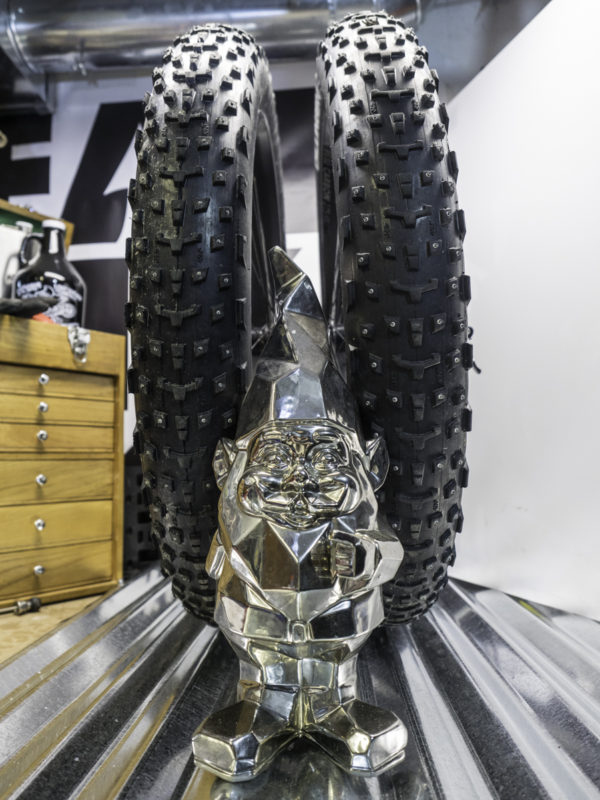
Overall, I was surprised by the way that the Studded Dillingers compared so favorably to the Wrathlordes. I never really felt like either the hex studs or factory studs (on the Dillingers) let me down when I needed the cat claws. The Wrathlordes are a much more aggressive tread pattern for snow traction compared to what Dillinger brings to the table but I’m usually willing to give up a little traction if it provides lower rolling resistance. The Dillingers are a great groomed snow tread.
The comparison between the hand-studded vs. factory-studded versions of the two tires is just as surprising. I thought that I’d lose a dozen studs in the hand-studded version, based on a Terrene Cake Eater that I’d studded a few years back. The Dillinger hand-studded tire lost one stud and the factory studded version didn’t lose any. I think that I’ve dispelled some of my misgivings about hand-studded tires. I’ve gained more confidence in their ability to retain their claws and the Dillingers made me think twice about whether I really need the kind of traction that a tire like the Wrathlorde provides. Then I remember a race that I did at Blackhawk Ski Area a couple of years back, where it was icy as hell and they have a really nice flowy course there with big banked turns and I know that when I want to try to push the pace and try to go fast (for a geezer) I would almost always mount those Wrathlordes with the 300 XL studs. On the other hand, having ridden the Studded Dillingers, I wonder if they might be faster on groomed snow. In the end, I’m probably more interested in keeping the rubber side down as opposed to going any faster so I won’t be giving up on those 26″ Wrathlordes any time soon. I think that the Bike Studs concave Hex Head studs are a nice middle ground between standard and XL studs. I abused the hell out of them this winter and they held their ground better than I had expected. So stud’em if you got’em out there amigos!

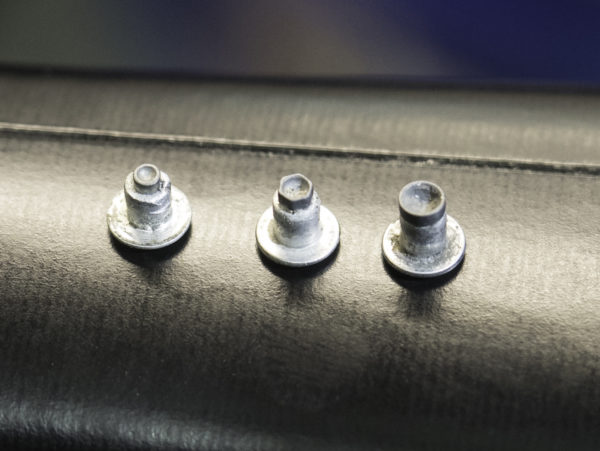
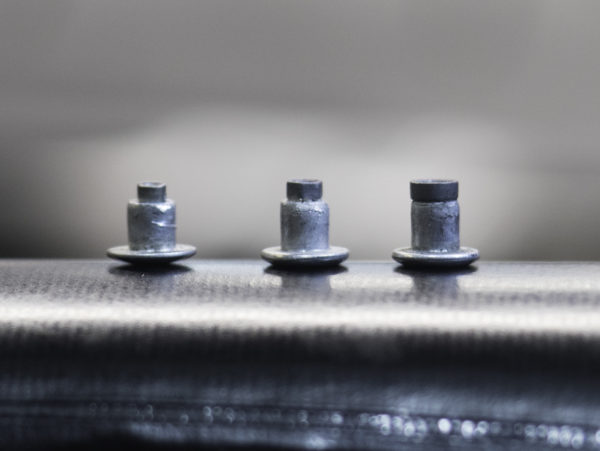
Thanks for the review, curious to know if you have tried putting a combination of standard and XL studs, would there be an advantage to having XL studs in the side pockets on a front tire for better steering? Possibly in the middle pockets on the rear tire for traction?